 Food insecurity, a socioeconomic condition of limited or uncertain food access, often coincides with geopolitical tensions. Recent reports underscore the world is off track to achieve the United Nations’ (U.N.’s) zero hunger goal. Escalating conflict worsens acute food insecurity and international efforts face financial and structural challenges. Recent reports detail the trends in global food insecurity and food crises. Here are the key takeaways from the U.N. State of Food Security and Nutrition in the World, the 2024 Global Report on Food Crises (GRFC), International Food Security Phase Classification (IPC) and the World Bank Food Security Update.
Food insecurity, a socioeconomic condition of limited or uncertain food access, often coincides with geopolitical tensions. Recent reports underscore the world is off track to achieve the United Nations’ (U.N.’s) zero hunger goal. Escalating conflict worsens acute food insecurity and international efforts face financial and structural challenges. Recent reports detail the trends in global food insecurity and food crises. Here are the key takeaways from the U.N. State of Food Security and Nutrition in the World, the 2024 Global Report on Food Crises (GRFC), International Food Security Phase Classification (IPC) and the World Bank Food Security Update.
Food Insecurity: Global Trends
Global progress toward SDG 2 (Zero Hunger) remains stagnant since 2021. The broader picture reveals that hunger rates have plateaued since spiking in 2019. The prevalence of undernourishment (PoU) affected 9.1% of the population in 2023 — a slight increase from 7.5% two years prior.
Regional disparities are evident. In 2023, undernourishment increased in Africa by 0.5%, by 0.3% in West Asia and by 0.4% in the Caribbean, while remaining stable in East Asia and decreased by 0.4% in Latin America. This means more than 14 million additional undernourished individuals in Africa but five million fewer in Latin America and Asia.
Since 2019, the number of people facing acute food insecurity has increased across countries surveyed by the GRFC. While the situation improved in 17 countries, reducing the number of people facing high levels of acute food insecurity by 7.2 million, it worsened in 12 countries, where an additional 13.5 million people now face high levels of acute food insecurity. Gaza, South Sudan, Burkina Faso, Somalia and Mali are at risk of famine in 2024.
Food prices are rising globally, especially in middle and lower-income countries. The number of people who can afford a healthy diet returned to pre-pandemic levels, albeit with a disparity between lower and higher-income countries.
Overall, the world is not on track to meet its seven nutrition targets by 2030. While stunting and wasting are declining and exclusive breastfeeding rates are rising, there has been no improvement in low birthweight, obesity and anemia among women. Additionally, El Niño weather patterns have worsened food insecurity in southern Africa but have contributed to improved harvests in parts of East Africa, Latin America and the Caribbean.
Conflict
The main driver of global food insecurity is conflict. In the 59 countries and territories surveyed by the GRFC, more than 134 million people face high acute food insecurity where conflict is the primary driver, compared to 71.9 million and 75.2 million for extreme weather and economic shocks respectively.
In Sudan, the onset of civil war in 2023 disrupted food production, leading to acute food insecurity for 20.3 million people — an increase of 8.6 million. It is expected that more than 25 million people will face crisis conditions in 2024.
In Gaza, due to mass displacement, infrastructural damage and limited humanitarian access 2.5 million people (96% of its population) will face acute food insecurity in 2024.
In Haiti, approximately half of its population faced acute food insecurity due to violence. Armed gangs seized farms, agricultural products and the main port. Subsequent transportation disruptions and internal displacement are increasing food prices.
Policy Recommendations to Address Global Food Insecurity
Addressing food insecurity could prevent future social, economic and environmental costs. This includes aid for famine relief, refugee costs from hunger-caused displacement, health expenses and productivity loss due to undernutrition. According to estimates from the Global Nutrition Report 2021, economic gains from nutrition investment can potentially amount to $5.7 trillion annually by 2030 and $10.5 trillion annually by 2050.
While estimates vary, it would cost around $4 trillion to eliminate hunger by 2030. The current architecture is fragmented; food security financing must be scaled through international financial institutions, the U.N. emphasized. Recently, the World Bank made $45 billion available for food and nutrition response, supporting agricultural plans, employment opportunities and resilience programs.
The IPC warned the cessation of hostilities and humanitarian access is needed to alleviate famine in Gaza. Likewise, Haiti and Sudan risk famine as the effects of conflict worsen. Conflict must be reduced to effectively address systemic failures and strengthen governance. The IPC also calls for early action, humanitarian access and multi-sectoral responses to avoid famine.
Looking Forward
The U.N. reports highlight that global food insecurity remains a pressing issue, with conflict being the primary driver. Countries like Sudan, Gaza and Haiti face severe food crises due to ongoing conflicts and economic challenges. Addressing food insecurity through comprehensive international efforts and improved governance could prevent future crises and significantly enhance global well-being.
– Luke Ravetto
Luke is based in Boston, MA and focuses on Politics for The Borgen Project.
Photo: Flickr
 Yemen has triumphed through a
Yemen has triumphed through a 
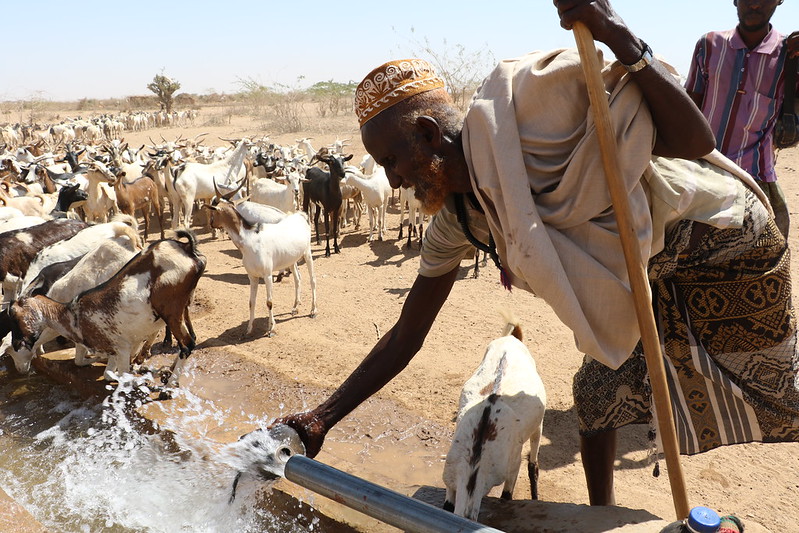
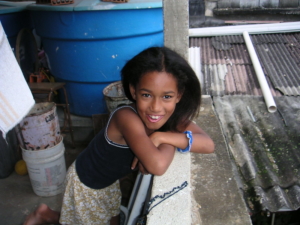 In the working-class area of Rio de Janeiro, Brazil, the
In the working-class area of Rio de Janeiro, Brazil, the  When the COVID-19 pandemic limited human connection and disrupted everyday life, human unity and kindness were more valuable than ever. Since the confirmation of its first case in February 2020, Indonesia has recorded more than 4 million coronavirus cases and over 140,000 deaths. The prevalence of COVID-19 in Bali, in particular, harmed the nation’s economy, resulting in a growth in hunger. Fortunately, a new community-based program seeks to help hunger in Bali by helping individuals experiencing food insecurity while also combatting plastic waste.
When the COVID-19 pandemic limited human connection and disrupted everyday life, human unity and kindness were more valuable than ever. Since the confirmation of its first case in February 2020, Indonesia has recorded more than 4 million coronavirus cases and over 140,000 deaths. The prevalence of COVID-19 in Bali, in particular, harmed the nation’s economy, resulting in a growth in hunger. Fortunately, a new community-based program seeks to help hunger in Bali by helping individuals experiencing food insecurity while also combatting plastic waste.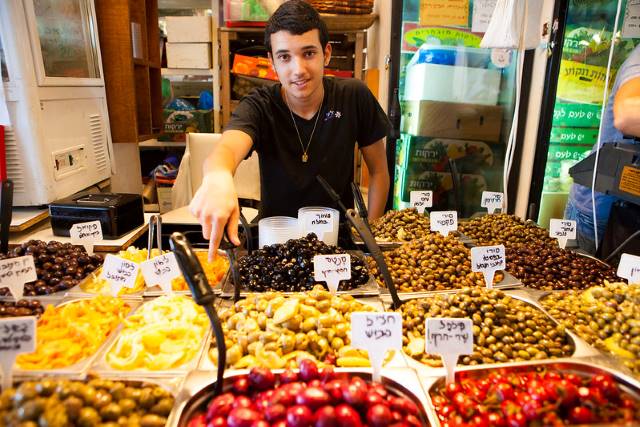 It is an indisputable fact that everyone needs food for survival. Even further, everyone needs enough nutritious food to truly thrive. That being true, the reality is that not everyone gets enough high-quality, nutritious food yet significant amounts of food are thrown away daily. This dilemma is present globally and Israel is no exception. Food waste and food insecurity in Israel is a growing problem, but one organization, Leket Israel, is working to address both.
It is an indisputable fact that everyone needs food for survival. Even further, everyone needs enough nutritious food to truly thrive. That being true, the reality is that not everyone gets enough high-quality, nutritious food yet significant amounts of food are thrown away daily. This dilemma is present globally and Israel is no exception. Food waste and food insecurity in Israel is a growing problem, but one organization, Leket Israel, is working to address both. In the effort to reduce poverty around the world, scientific innovations and technological solutions are welcomed. Developments in technological capabilities provide new potential approaches to reducing poverty. One such development that has received increased attention is the emergence of lab-grown meat as an alternative source of food for populations in developing countries. Lab-grown meat has only emerged as a potential solution quite recently, and even at this young stage of development, there are many who argue both for and against its potential effectiveness and applicability in the effort to reduce poverty.
In the effort to reduce poverty around the world, scientific innovations and technological solutions are welcomed. Developments in technological capabilities provide new potential approaches to reducing poverty. One such development that has received increased attention is the emergence of lab-grown meat as an alternative source of food for populations in developing countries. Lab-grown meat has only emerged as a potential solution quite recently, and even at this young stage of development, there are many who argue both for and against its potential effectiveness and applicability in the effort to reduce poverty.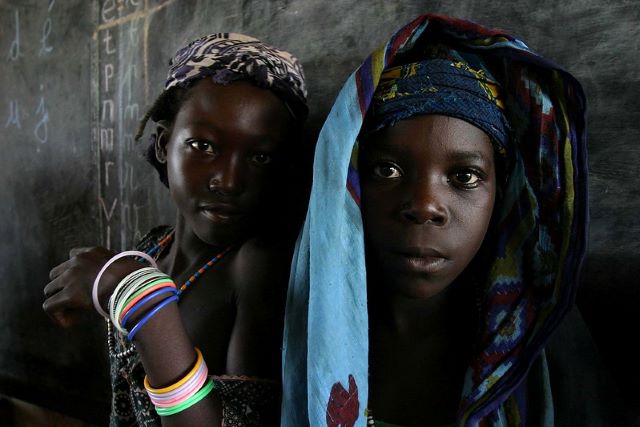 One year after repatriation efforts began, refugees from the Central African Republic are returning home. Although repatriation operations began in November 2019, the return of refugees from the Central African Republic was delayed by the COVID-19 pandemic. Enhanced health and safety precautions made their return possible. The United Nations Refugee Agency, a U.N. agency responsible for protecting refugees, organized the implementation of health and safety precautions. Measures included the use of masks and temperature screening. Handwashing stations were also installed to prevent the spread of disease.
One year after repatriation efforts began, refugees from the Central African Republic are returning home. Although repatriation operations began in November 2019, the return of refugees from the Central African Republic was delayed by the COVID-19 pandemic. Enhanced health and safety precautions made their return possible. The United Nations Refugee Agency, a U.N. agency responsible for protecting refugees, organized the implementation of health and safety precautions. Measures included the use of masks and temperature screening. Handwashing stations were also installed to prevent the spread of disease.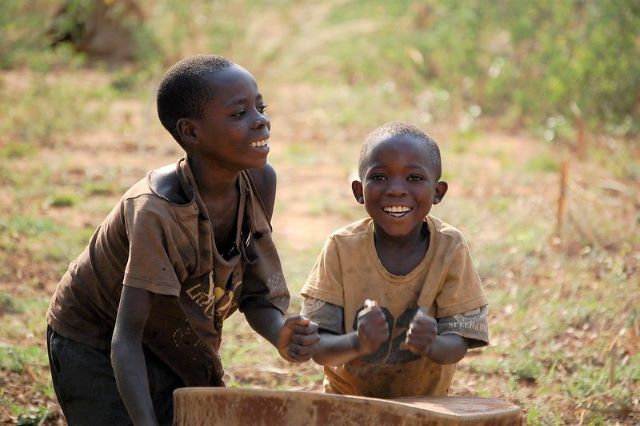 The East African country of Burundi is one of the poorest in the world. Its meager economy relies heavily on rainfed agriculture, which
The East African country of Burundi is one of the poorest in the world. Its meager economy relies heavily on rainfed agriculture, which 